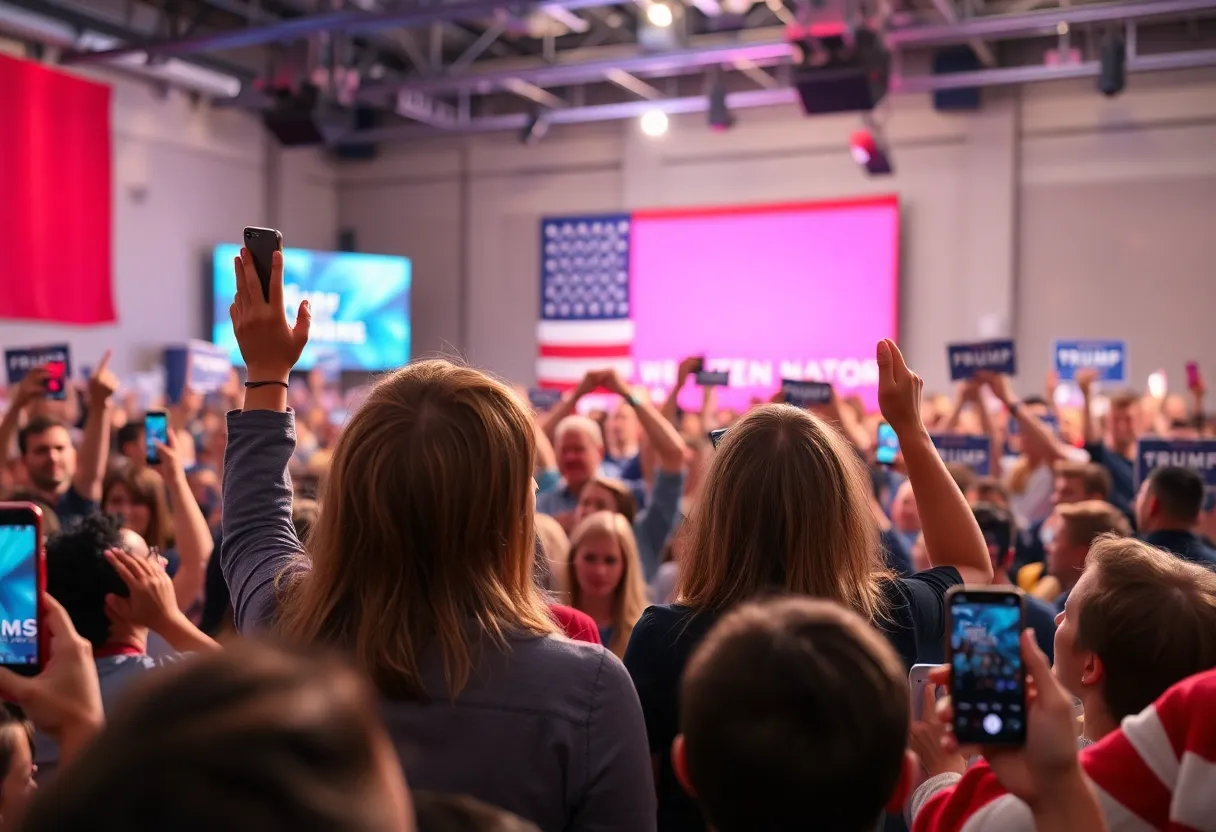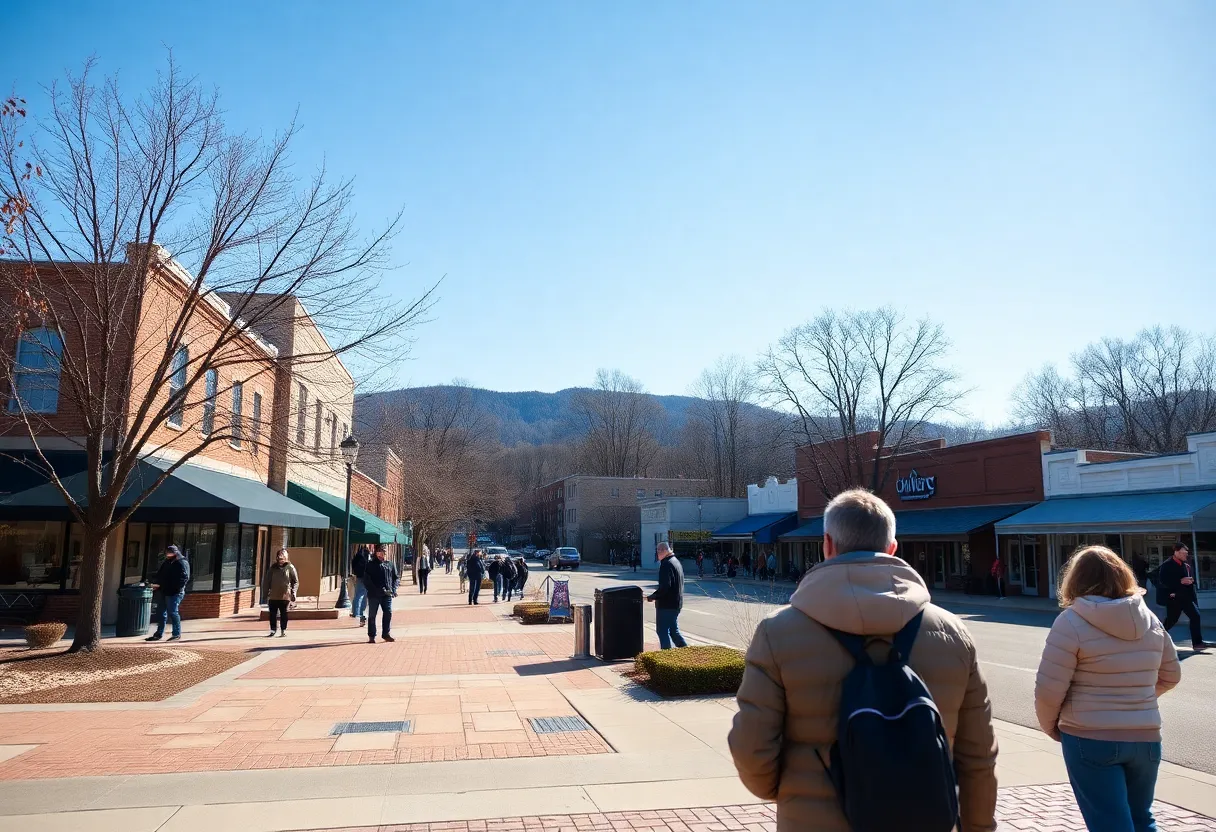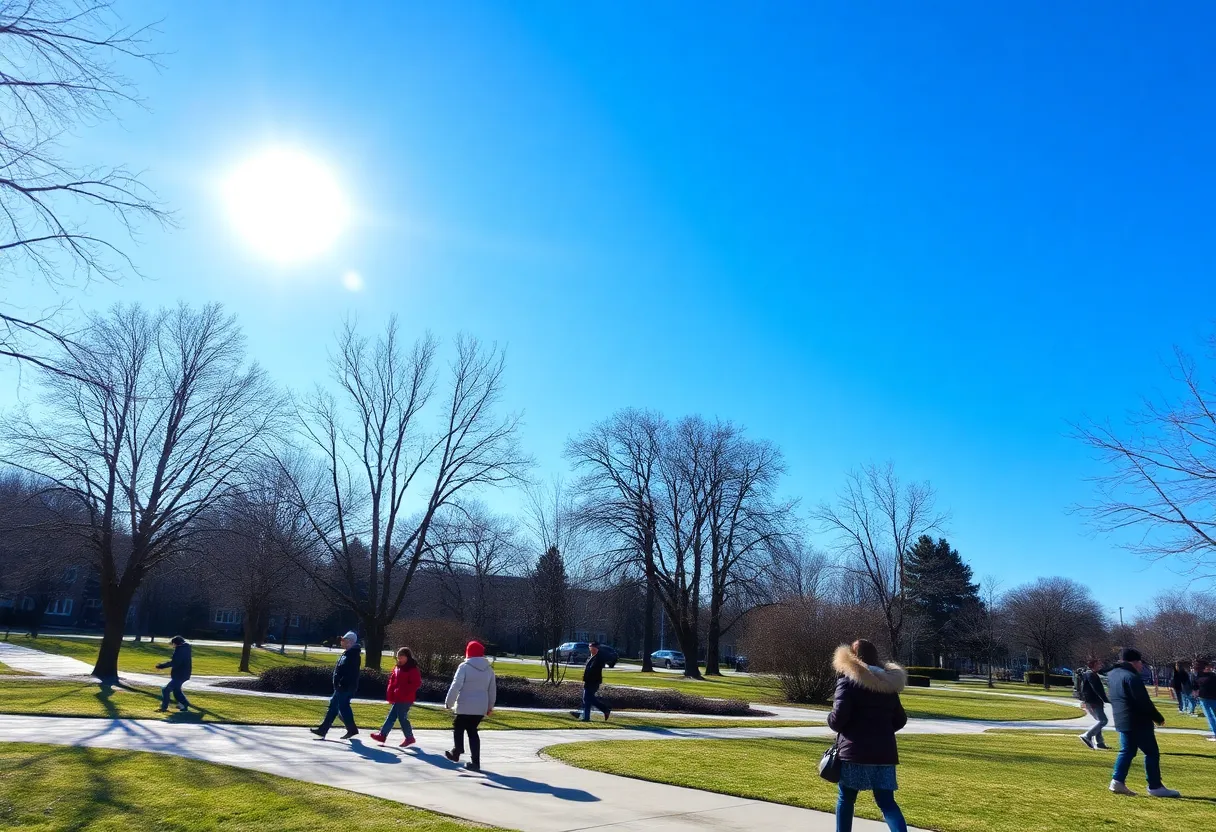Marketing Madness in the 2024 Presidential Election
As we sat back to watch the whirlwind of the 2024 presidential election unfold, Detroit felt like an electrifying battleground, alive with innovative campaign strategies that surprised many. Both candidates gave it their all, but what stood out was former President Donald Trump’s one-of-a-kind approach to marketing—bold, brash, and utterly captivating.
Trump’s Unfiltered Connection via Social Media
One of the standout features of Trump’s campaign was his heavy reliance on X (formerly known as Twitter). Under the leadership of Elon Musk, the platform became his megaphone, allowing him to bypass traditional media and speak directly to his supporters. Imagine this: a stream of tweets from Trump that were often controversial, stirring up both passion and frustration amongst the public. This connection seemed to ignite a fire within his loyal base, keeping them energized while simultaneously raising eyebrows about increased polarization within society.
Reaching Out to the Youth on New Platforms
But Trump didn’t stop there! He made quite a splash on Twitch, a platform usually reserved for gamers. By streaming rallies and speeches, he tapped into a younger, tech-savvy audience that typically wouldn’t engage with traditional political coverage. While not everyone on Twitch appreciated this political crossover, Trump’s campaign showcased an innovative spirit and embraced new age digital spaces.
Bringing Candidates to Earbuds through Podcasts
This election cycle wasn’t just about flashy online antics; podcasting offered an intimate way for candidates to connect with voters. Kamala Harris even graced the Call Her Daddy podcast, making headlines while Trump appeared on The Joe Rogan Experience, where he had a sprawling three-hour conversation that highlighted his distinctive and often meandering speaking style. It’s pretty fascinating how listeners are now seeking connections with candidates on a more personal level. The podcasting boom truly shaped how we view these politicians.
Unexpected Support from Unique Communities
One of the more surprising twists in Trump’s campaign was the backing he received from some Muslim organizations in Michigan, a key battleground state. Despite facing backlash for past policies, such as the infamous Muslim Ban, his localized messaging struck a chord with segments of this community. For many voters, the promise of Middle Eastern peace and present-day issues seemed to carry more weight than previous grievances, highlighting how strategic marketing can sometimes bridge large divides.
Influencers: The Game-Changer for Younger Voters
Remember when influencer partnerships seemed like a trend? Well, Trump’s team took it to heart by aligning with popular figures like Logan Paul and Adin Ross. These collaborations were aimed at engaging a generation often disinterested in politics, reaching them on platforms they know and love. By getting involved with these digital names, Trump’s campaign attempted to sway young voters who might otherwise be oblivious to conventional political messaging. One little shift in young voter sentiment could tip the scales in such a close race, after all.
Modern Messaging for Modern Times
At this point, it’s clear: Trump’s strategy was a masterclass in innovative political marketing. By embracing X, Twitch, and podcasts along with influencer partnerships, he demonstrated a willingness to adapt to a rapidly changing media landscape. As we head toward the polls, questions remain about whether these unique tactics will resonate with the broader population.
In this dynamic landscape, what we’ve witnessed extends beyond mere election strategies; it shows how marketing can shape narratives—and perhaps even reimagine democracy in the American psyche. As we prepare to cast our votes, the effectiveness of these campaigns has certainly left us with a lot to think about.
Author: HERE Greenwood
The GREENWOOD STAFF WRITER represents the experienced team at HEREGreenwood.com, your go-to source for actionable local news and information in Greenwood, Greenwood County, and beyond. Specializing in "news you can use," we cover essential topics like product reviews for personal and business needs, local business directories, politics, real estate trends, neighborhood insights, and state news affecting the area—with deep expertise drawn from years of dedicated reporting and strong community input, including local press releases and business updates. We deliver top reporting on high-value events such as the Festival of Flowers, Greenwood Community Theatre performances, and agricultural showcases at the Greenwood County Fairgrounds. Our coverage extends to key organizations like the Greenwood Chamber of Commerce and the Greater Greenwood United Ministry, plus leading businesses in manufacturing and healthcare that power the local economy such as FujiFilm Manufacturing and Self Regional Healthcare. As part of the broader HERE network, including HERECharleston.com, HEREColumbia.com, HEREGreenville.com, and HEREHiltonHead.com, we provide comprehensive, credible insights into South Carolina's dynamic landscape.







